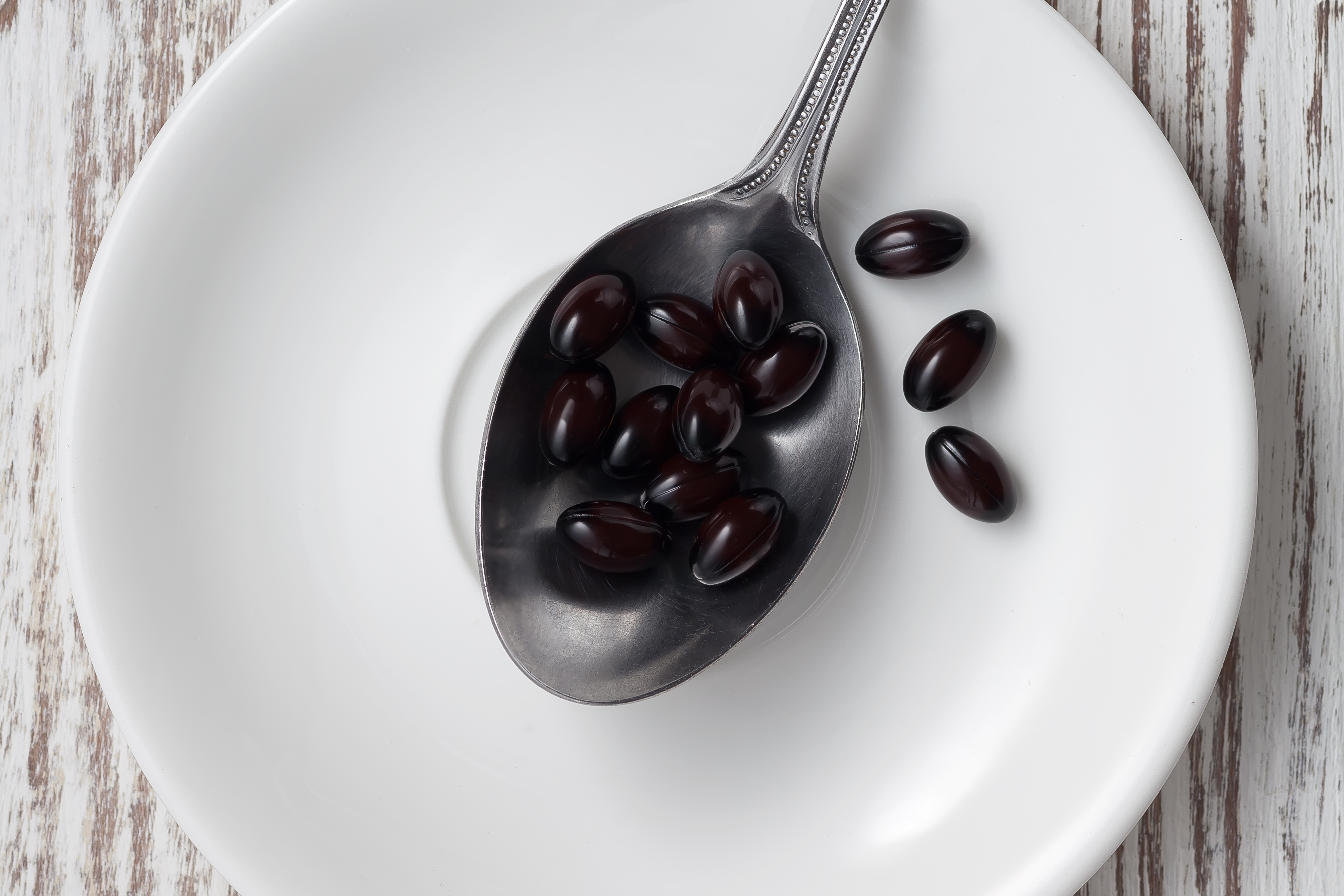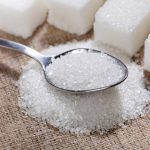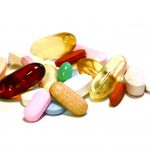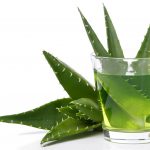Why is Astaxanthin the “it” antioxidant these days?

Astaxanthin is an Anti-oxidant pigment that belongs to the carotenoid family, the best-known member of this family is beta-carotene. Astaxanthin is the red-orange anti-oxidant that is commercially isolated from the freshwater algae Haematococcus pluvialis or H.p in short. It is the same functional pigment that gives wild salmon and flamingos their pink color. It is considered one of nature’s most powerful fat-soluble antioxidants. Research shows that it is hundreds of times stronger than the fat-soluble antioxidant vitamin E and has up to 40 times more anti-oxidant and UV protection power compared to the carotenoids Lutein and Lycopene (from tomatoes).
Where does Astaxanthin come from?

Astaxanthin is naturally found in some species of algae, krill, wild caught salmon, lobster and other crustaceans like shrimp. It is not found in fruit or vegetables. For manufacturing and producing supplements, it is extracted from H.p principally using ultrahigh pressure CO2 extraction, although cheaper ethanol extraction has been also used but this leads to an inferior product. H.p algae can be cultivated in closed photo-bioreactor or open pond systems but it is a very expensive difficult algae to grow. Crustaceans such as shrimp or krill feed on many types of salt-water algae (H.p is fresh water) that contain some Astaxanthin and accumulate it in their bodies. Bigger fish such as salmon, and trout feed on these crustaceans and, in turn, accumulate Astaxanthin in their own skin and tissue. This is how natural Astaxanthin reaches the human food chain. It is important to note that wild caught salmon is rich in natural S,S’Astaxanthin while farm raised salmon contains unnatural Astaxanthin made synthetically.
What makes Astaxanthin so Powerful?
Our bodies do not naturally produce Astaxanthin; therefore food and supplements are the only sources. The only vegetarian source of Astaxanthin is to consume H.p algae or to take it as a veggie softgel supplement. Astaxanthin belongs to the xanthophyll subclass of carotenoids like Lutein, and Zeaxanthin, which do not convert into vitamin A, which can be toxic in high doses. Recent research on Astaxanthin has shown stunning revelations on its powerful effects.
- Unique antioxidant: The molecular structure of Astaxanthin is unique in the sense it has both water-soluble and fat-soluble components. Essentially it protects the fat and water components of a cell thereby protecting the entire cell – making it an exceptionally powerful cell “protectant”.
- Blocks effects of UV rays: H.p algae produce Astaxanthin in order to protect it from the harmful ultraviolet radiation. In humans, supplementation with Astaxanthin does indeed render some limited sun protection to the skin and excellent UV protection for the eyes. This has been proven in model animal studies, where Astaxanthin fed model animals were found to be less susceptible to UV damage to the eyes and helped prevent Age Related Macular Degeneration (ARMD). Besides protection from free radical and UV damage, this powerful antioxidant has many other vital functions in your body. During the last decade, my work has been primarily focused on research on Astaxanthin and its formulation. Due to this, colleagues in the nutraceutical business often refer to me as Mr. Astaxanthin for my work on formulations of this most important carotenoid. I am so impressed as to the health benefits that this antioxidant can deliver that I have formulated an edible salad and cooking oil Dr. Rudi’s Edible Oil, which may be commercially available in the future. The Dr-Rudi.com web site does not sell products.
Other Benefits of Astaxanthin
- Helps lower Chronic Low Level Inflammation (CLLI) in the body, increases joint comfort. This is a general health benefit.
- Prevents oxidation of dietary fats in the blood stream, thus reducing plaque formation
- Protects brain cells from damage
- Improves eye health and protects against age-related eye issues like cataracts, and macular degeneration.
- Protects the entire cell
Best Way to take Astaxanthin
Clinical studies show that Astaxanthin has many benefits. It is safe and to be consumed as a food or as a supplement. I strongly recommend Krill oil, which contains a little Astaxanthin as a source of natural Astaxanthin; of course Krill also contains EPA/DHA Phospholipids, which are also important for brain, eye and general health. You can also find Astaxanthin as a stand-alone supplement in either vegetarian or gelatin softgels. I personally recommend 4 mg Astaxanthin per day not more.
If you take Astaxanthin or krill oil supplements, be sure to take them with meals as this ensures maximum absorption. A 2009 study showed that Astaxanthin was far better absorbed by the body when taken after or during a meal than on an empty stomach. Smoking interferes with Astaxanthin absorption. Studies show that smokers absorb 40% less Astaxanthin than non-smokers. Of course smoking is a very bad idea anyway.
- Dosage: I recommend 4 mg Astaxanthin per day, but even 2 mg a day does bio-accumulate. Studies show that Astaxanthin remains in your blood for about 100 hours after a single dose (lowering CLLI) and it has a T ½ of 16 hours in humans. In laymen’s terms ½ of the Astaxanthin you consume is metabolized in 16 hours in your body, so if you take a supplement every 24 hours it accumulates up to a so-called “C Max”, a concentration that will level off no matter how much more you take. C Max is reached in about one week at a dose of 4 mg per day. Therefore taking 12 mg Astaxanthin per day, as suggested by several supplement suppliers, is really a waste of money. If you are taking Krill oil as your supplement, be sure to check the label to see how much Astaxanthin it delivers per dose, it is usually about 0.2 mg per gram of Krill oil, This is not enough and therefore I recommend taking a Astaxanthin supplement plus at least 300 mg Krill oil per day. There are some Krill supplements on the market, especially one in Europe, that have added natural Astaxanthin and these are certainly highly recommended.
References
Kidd P. Astaxanthin, cell membrane nutrient with diverse clinical benefits and anti-aging potential. Altern Med Rev. 2011 Dec;16(4):355-64.
Okada Y, Ishikura M, Maoka T. Bioavailability of astaxanthin in Haematococcus algal extract: the effects of timing of diet and smoking habits. Biosci Biotechnol Biochem 2009;73:1928-1932







0 Comments